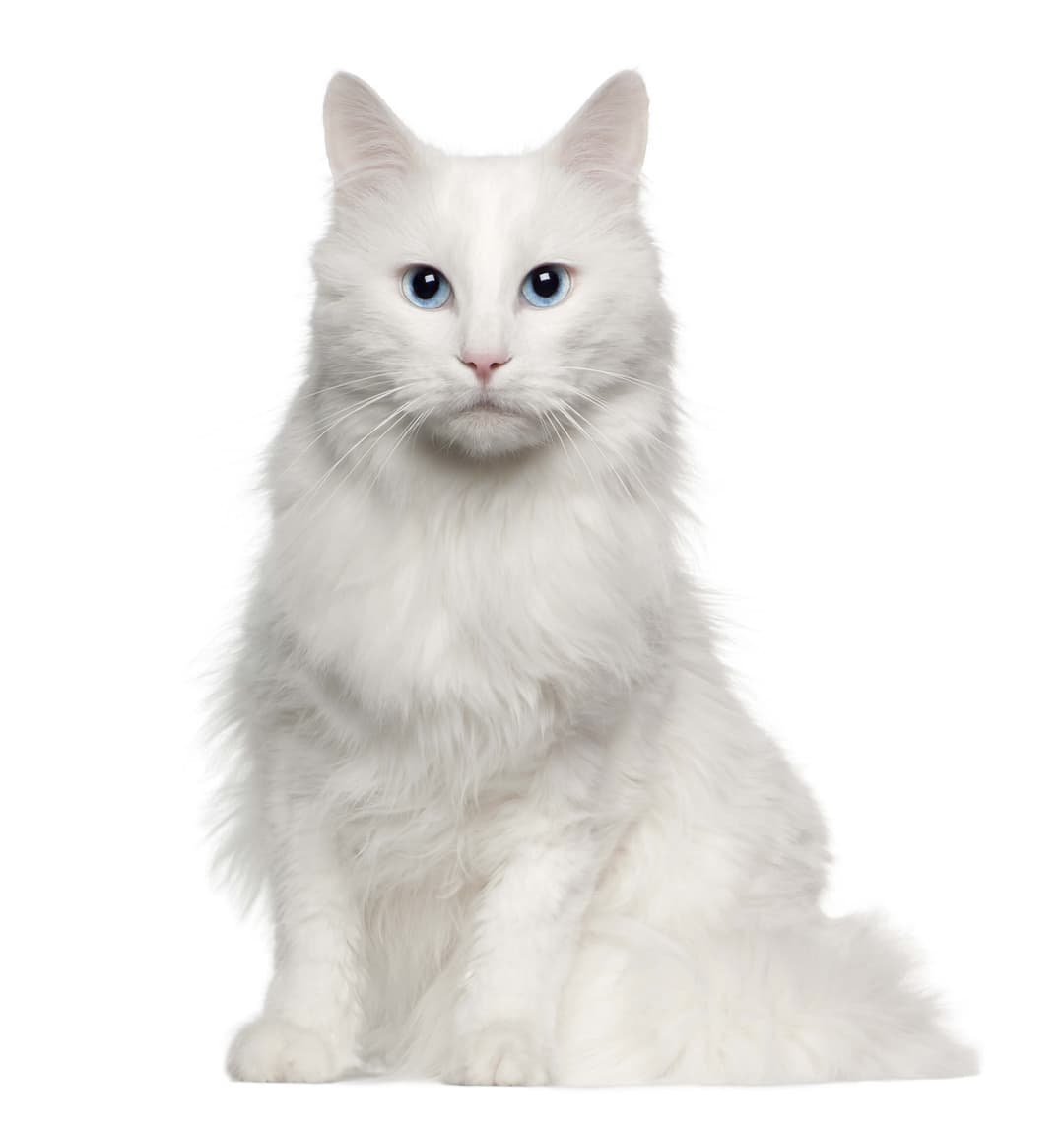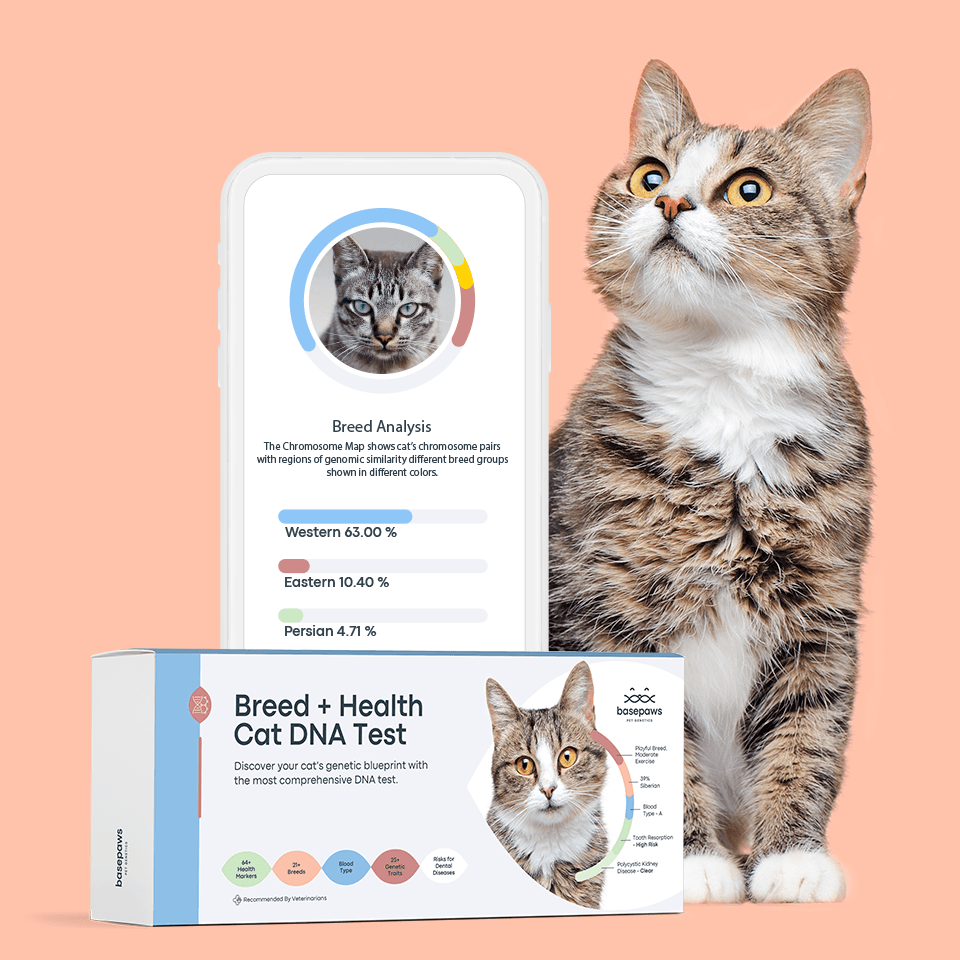Discover your cat's connection to this breed and 20 others


Discover your cat's connection to this breed and 20 others



Turkish Angoras are outgoing and affectionate felines with a sophisticated, elegant appearance. These clever and curious cats are known for their sense of humor and great love for play, both on their own and with their favorite humans.
The Turkish Angora is an ancient, natural breed from Turkey. It is thought that this breed is the true origin of the mutation for white coat color and long hair in domestic cats. Turkish Angoras have silky long coats, and they carry themselves with agility and grace. They have small, round heads and pointed, wide-set ears.The eyes are almond-shaped and come in a variety of colors, and heterochromia is not uncommon. Known primarily for displaying a shimmery white coat, they can also exhibit tabby coats (brown or white), black with a chocolate brown undercoat, or a range of beautiful smoke tones.
This breed has developed through natural selection in regions of Anatolia, Turkey. Cat enthusiasts selected the Turkish Angora for its luxurious coat to refine the Persian breed. The Angora made its way into the U.S. and Canada in the 1960s. The Cat Fanciers' Association in the U.S. officially recognized the breed in 1963, accepting only white Angoras until 1978. Today, cat registries across the United States recognize a range of Turkish Angora coat colors and patterns.
Turkish Angoras are affectionate and highly intelligent. They are very curious and enjoy being involved in your daily activities. Though they get along well with children and other pets, they tend to form a strong bond with one person in the family and can become very protective of them. They do not like to be left alone and can become easily stressed if they are on their own for long periods of time. Turkish Angoras love to play and enjoy climbing and spending time on high perches.
Turkish Angoras, particularly those with white coats and blue eyes, have a higher risk of congenital deafness due to a mutation in the KIT gene. This can lead to louder than normal vocalization as hearing loss progresses. Compared to other breeds, Turkish Angora kittens also have a higher likelihood of developing heterochromia. This breed may be at a higher risk of developing congenital ataxia, which is a fatal disease that causes uncoordinated movement and shaking. They may also be at a higher risk for hypertrophic cardiomyopathy.
The ballerina of the cat world. This beautiful cat is sometimes described in this way due to their elegance, combined with remarkable strength.
They are attention-seekers. This family cat is very friendly and energetic. They love to move, run, climb and play. Don't be surprised if you find your Turkish Angora on top of the fridge! Because of their active spirit combined with the friendly personality, this little companion can be very demanding of attention.
Their long coat is not high-maintenance. Turkish Angora's luxurious and plush long coat is so silky that it rarely mats. This cat requires surprisingly minimal grooming! Typically, weekly grooming is sufficient enough to maintain their coat hygiene.
This breed is still shown in a zoo in Ankara. This Turkish breed, considered the national treasure of the country, is still maintained at the Ankara Zoo and you can still see the representatives of the original breed there.
Recommended by top vets with decades of experience
21 breeds
64 genetic health markers
50 genetic trait markers
